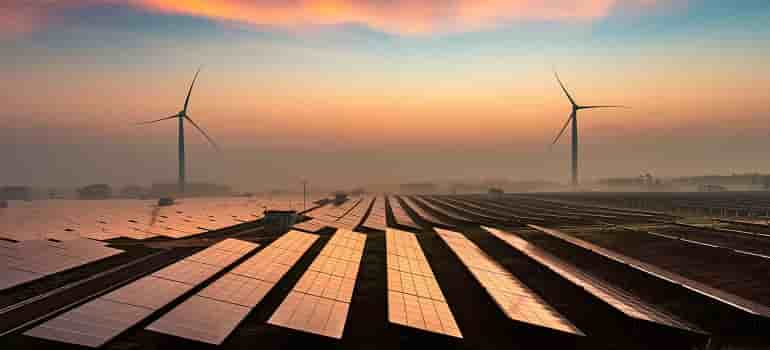China is making progress in expanding its renewable energy capacity, which may help to reduce greenhouse gas pollution. Despite this, a recent report from the Global Energy Monitor suggests that China remains a major challenge to global climate goals due to the issuance of permits for new coal-fired capacity. In 2022, China authorized the construction of 106 gigawatts of new coal power capacity, which is equivalent to 100 large-fired power plants. This is a significant increase from the previous year, driven by energy security concerns due to electricity shortages following a historic drought and heatwave.
However, China’s massive expansion of renewable energy projects may offset the increase in carbon emissions from the new coal-fired plants. According to the Center for Research on Energy and Clean Air and GEM, China is building renewables at a staggering rate, adding new projects to the grid almost as fast as the rest of the world combined in 2022. In fact, China is recognized as the global leader in renewable energy expansion, and around 50% of all renewables built every year are built in China.
This rapid build-out is part of China’s strategy to cut its energy intensity and reach peak emissions “in a well-planned and phased way”. According to Mike Hemsley, deputy director at the Energy Transitions Commission think tank, China is on track to reach 1,800 gigawatts of total renewables by 2030, which is 50% higher than Chinese President Xi Jinping’s target of 1,200 gigawatts of total renewables by the end of the decade. This may mean that China will outperform its Nationally Determined Contribution and peak emissions earlier than expected, possibly by 2025 or 2026.
However, China’s massive expansion of coal-fired capacity remains a concern. Lauri Myllyvirta, lead analyst at CREA, emphasized that getting China’s emissions to peak has an indispensable role in peaking and declining global emissions. The success of the global effort to reduce greenhouse gas pollution may depend on China’s ability to balance its energy security needs with its climate goals.


